The void only you can see
What to do with wide-open creative freedom?
For the past year, I’ve worked on my own independent projects thanks to a generous pilot program by the software company, Adobe. (More on my Creative Residency with them here.)
If handed the freedom to make anything, what would you make?, is a lovely riddle with intimidating vastness built-in to it. To determine how to best make use of such a wide-open opportunity, I had to solve for it in reverse (cuz when in doubt: algebra!): What is missing from this world that only I can see? (And then: what subset of that will not get built without this particular alignment of stars?)
As odd as it is, I found that envisioning potential-future-loss (the if-I-don’t-do-it-now-then-will-it-ever-exist?! reasoning) to be a very a handy tool to cement a commitment. And thus, my thought-experiment ensued: Which projects stand little chance of ever being funded by client work? Which projects do I just know will be awesome, but are too left-field for anyone to actively request them? What perspectives of mine are sufficiently-unique that they risk going unvoiced if I don’t step-up and represent? If a project seemed like it would get done by someone eventually, I crossed it off my list. My mission, as I saw it: fill that void that no one else can see.
Nine ways I spent my year with myself as boss:
1. This Book is a Camera—
I may have already mentioned this one. Read about it here. Available here.
I made a pop-up book that transforms into a fully-functional large-format pinhole camera when opened. The book’s pages diagram how this simple device isolates a light beam to create a photograph, while providing complete instructions for the image’s development with household chemicals. For this reason, it is both a tool and demonstration: an accessible way to observe how light works.
Why? Much of modern tech offers a type of magic that obscures how the physical world works. (The iPhone’s camera is amazing, but peering into it will never result in the realization that a photograph is an simply an imprinted moment of light.) But by reducing a camera down to just-and-only what it needs to be, a radical level of transparency is attained—one in which the outcome far exceeds the “device’s” humble parts. The folded paper is clearly not working alone. It quickly directs the user’s attention to the tendencies of light itself. The curious and willing can be pulled down a whole rabbithole of questions regarding light’s mysteries.
The lo-fi-est camera possible is something no one actively requested (and at times I felt crazypants throwing my-everything at it.) The reason I committed myself to this quixotic project was because I, myself, was shocked by just-how-little it took to build a piece of technology that performed such a sophisticated feat. As a designer, it is my daily job to understand the relationship between how-things-are-put-together and what-they-do—and its normally a 1:1 ratio. But every once in a while, I observe something that behaves in an exaggerated or unexplainable way, indicating forces at play that I can’t see. Even though I intellectually know the basic science of optics from Elementary school, the thrill of discovery here (that it *really* does work!) makes me want to keep looking for things like this for forever.
The best thing I thought I could do: package-up that feeling and figure out a way to put it in someone else’s hand. And: The response from people (from Wired tech writers to a high school 4-h club who used it to experiment with light–see the comment thread here) has made me really happy I went through with the months of tinkering.
Libby Nicholaou (with whom I worked with closely at Adobe), taped a polaroid back to one of the paper cameras and we turned it into a bit of public spectacle—making what is perhaps the art-school-nerdiest photo booth imaginable. Check out our paper photo booth in action here.
2. Paper Speaker Kit—
Like light, sound can also be modulated by structure alone. Sound waves are incredibly directional and they bounce and refract off of solid surfaces. Because of this, we only needed only a simple paper cone to create an effective “speaker” to amplify music from a phone (hear a track from the Voyager expedition’s Golden Record from NASA in the video above!)
The contraption works because it gangs-up sound waves towards the listener (delaying the sounds’ inevitable dissipation back into the stasis of silence.) This contraption is tucked into the portable format of a book (a convenience which I dearly hope abets some impromptu public dancing.)
Because this pop-up form is so radically simple (much more so that the lightproof camera), Adobe and I decided it might be fun for people to build their own. So: The illustrator (and other resident) Becky Simpson and I collaborated on the design (process here) and her lively, rhythmic squiggles adorn the book’s pages. People of all ages built them and subsequently seemed very proud of what they had done with a little glue and string. It was fun.
(Note: these kits are one-offs for now, but a similar speaker appears in This Book is a Planetarium out this Fall.)
3. On Advice—
Read the essay here.
I wrote about how self-help culture that has increasingly co-opted much of the design conversation (and a large percentage of the posters.) On its own, self-help advice is a generous act. Too much of it, however, creates the false impression of why people win and lose in our field. Overwhelmed by the deluge of advice in the creative community, I wrote about its link to privilege, why following advice doesn’t work equally well for everyone, and other strains of generosity that better level the playing field.
4. Powers of Ten: A tiny film made by remixing image search results—
See it here. Read about process here.
This flipbook collage recreates part of the Eameses’ iconic 1977 film, Powers of Ten, using only found-imagery from the internet.
Photos from Google Images’ ‘visually similar’ search function, the U.S. Geological Survey, NASA, and various mapping software were cropped (and in some cases, lightly altered*) to reconstruct continuity. I produced printed flip books (available here and at Printed Matter in NYC) and a website where hovering from left to right emulates the action of flipping pages.
I created this as a way to literally get my hands on the size of the internet. “1.8 billion images uploaded every day” is too big to actually feel like a meaningful statement. I can recognize that it is incredible…and then my eyes glaze over. To get a tiny, but visceral taste of what this number actually means, I embarked on an adventure through internet search result images.
What I found was: a frame probably already exists on the internet for basically any event for which you wish to create an animation. And that: these animations will only get smoother and smoother as time progresses and there are more appropriate frames to choose from. And that: the Eameses are going to have to add a hundred thousand more levels to the Powers of Ten to accurately describe our current world.
*Note: photos of lone picnickers in empty parks simply don’t exist. If its a nice day, the grass toggles from having zero to a hundred bodies on it. Therefore, a little grass was cloned in the making of this project. That’s cheating, I know. But some (very few!) scenarios are precluded by reality. The lone picnicker is one of them.
5. Made with Rules—
See it here. Read about it here.
I began posting a series of images to Instagram using the hashtag #madewithrules, featuring compositions I’ve created by manipulating paper according to a specific set of instructions—usually defined by an external data set (like: weather patterns or flu outbreaks). The gist is: I invent the rule, gather the data, and then combine then to create a composition. Then I have something down on the page to finesse.

This series was born out of my desire to cede a bit of control with my work. That may sound a bit ridiculous, but as a designer, I typically obsess over everything down to the tiniest details of a project. However, when you control absolutely everything, there’s no room left for surprise. I missed the chance-enlightenment made possible by a lack of control. With this series, I have no clue what the results will be when I start a piece. That’s kind of scary, but is also a route out of my head (and out of getting stuck in a single approach.)
6.Reasoning through Touch—
Read it here.
I wrote about the particular discoveries that we stumble upon when we understand the world by hand. The way we engage the world when we think by “feeling-things-out” is a process that relies on friction. A mode of thinking that is more “listening” than “talking”, it allows the outside in and functions as an opportunity to challenge assumptions that would otherwise go unchecked.
Inspired in part by what I learned from ceding control with the madewithrules series, this piece ponders what we lose when we have total control over our interactions with our things (which, for the first time in human history, we possess.) With perfect mastery over tech experiences, will [physical and psychic] friction still play its part in surprising us? How will the unknown-unknowns find a way into our brain?
See also: This NY Times essay on the importance of true windows and In Exactitude in Science by Borges
7. A Music Video for They Might be Giants—
See it and read about it here.
Some days, I’m convinced that creative work is just a vehicle to transmit enthusiasm from one person to another. Excitement about color! Excitement about texture and music and culture! I can’t be sure, but suspect that the band, They Might Be Giants, might feel the same way about their work. They have kept a little corner of rock music enthusiastically bizarre for over 30 years.
When John Flansburgh emailed me and requested a music video, I gathered up all of my favorite paper colors and tried to channel some of the bands reoccurring themes. I spent a couple of weeks with Daniel Dunnam making cereal boxes sing— all in the name of blending dreams with waking life and inanimate objects with human emotion. It was good, strange fun that pushed the technical limits of my animation ability.
See also: The charmingest Design matters interview with John Flansburgh
(and for that matter, I should mention that I was also on Design Matters this year talking about analog magic and such… )
8. Reconsidering how I show my work—
You made it all the way to number 8, so now you are now familiar with my problem as a designer! Self-contained single images fare very well in the world of my chosen profession. Longform content is a less of a natural fit. However, to encourage a wide range of conversations, there’s got to be a better way.
I’ve been thinking through how to solve this riddle for years now and have arrived at a possible answer in my final weeks as a resident. (It won’t solve everyone’s problems, but hey, I’m only one person. Solving my smallscale problems is the best inroad I know to talking about how to solve bigger ones.) So: Stay tuned!
9. New Friends!—
This year, I travelled to 11 different cities, stood on a stage, and said words. Needless to say: I got over my stage fright. (The perhaps-obvious “secret”: I simply had to decide to enjoy myself.)
In foreign countries, I met people who live down the street from my Brooklyn home—and people whose lives could not be more different than my own at events in neighboring boroughs. I’ve met people I’ve deeply admired for years (and they were NICE!) I’ve seen work that has blown my mind. People who were previously disembodied heads in my Twitter feed, emerged with arms and legs and joined me for dinner. My parents attended a presentation and finally know what I do with my time. I collaborated with my fellow resident, Becky Simpson, and residency coordinator Libby Nicholaou on several projects that previously only existed in the isolation of my own mind. I got to talk to several people at Adobe who were in a unique position to understood my super-specific software woes and they fixed it. It feels good. It has been a great year.
The planetarium book is coming very soon too. I swear. (I’m still on the learning curve of how to work with a publisher)
—
Since we’re all-about listicles today… And, although I don’t presume that my own experience translates to anyone else’s experience of the world… And, although…yeah, these are probably not universal tenets, as I only have information gathered from being-Kelli…
This is what I learned with my yearlong experiment in total freedom:
1.) I always think I want: “If you could make anything, what would it be?” as my modus operandi…
When really: this is a question much bigger than me…and it could crush me if I let it.
2.) To tackle that vastness, this is what worked for me: solve for it backwards. What is missing that only I can see? Then: what subset of that will probably be lost without this opportunity?
3.) If I’m astonished by something, I need to run home, package up that feeling, and figure out how to put it into someone else’s hands.
4.) Talking to random people at tech conventions about paper and pinhole photography is [shockingly] the most fun thing ever.
5.) You can recreate events that never happened by stitching together frames from the internet.
6.) There are human-scale inroads to concepts that are too big to understand. Finding them is good, tedious fun.
7.) By studying vast scale, you can discover small, specific laws of human nature. There is no such thing as a lone picnicker in a park. The gaps in “infinite possibility” are manmade.
8.) There’s an inverse relationship between control and curiosity. I need to cede control if I wish to observe things outside of my own head. (Maybe this is the reason why designers are conflicted people!)
9.) Unknown-unknowns also can only present themselves by ceding control.
10.) Pure, unadulterated enthusiasm is justification-enough to make something. The best and only kind of contagion to unleash.
11.) Thumbnail-design-world and longform-ville can coexist. This is what design is good for.
12.) For once, there is actually is a secret strategy to something! The secret to public speaking: force yourself to (sincerely) enjoy it. (+ have words to say.)
13.) People with arms and legs > Twitter avatars
No related posts.
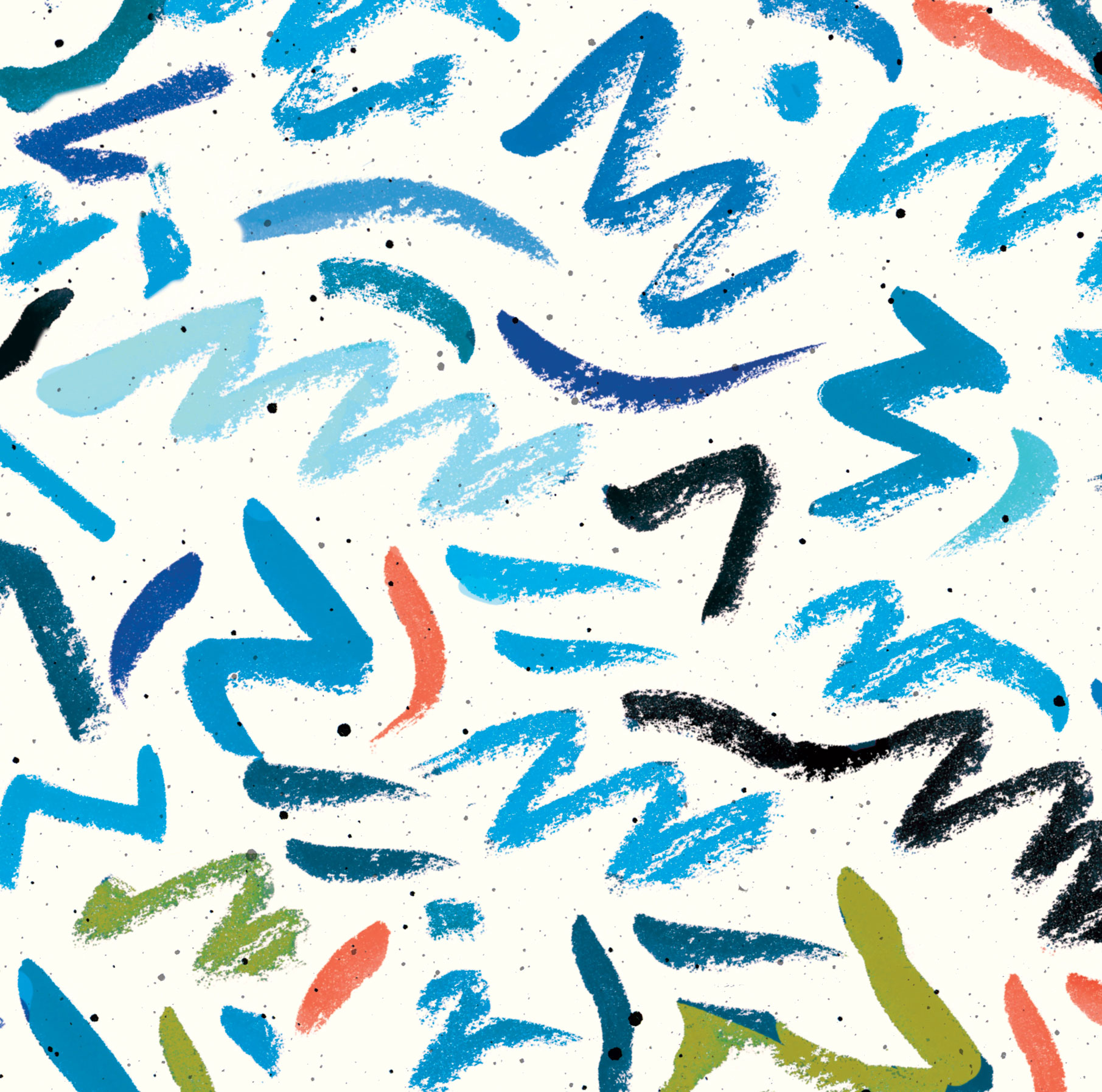


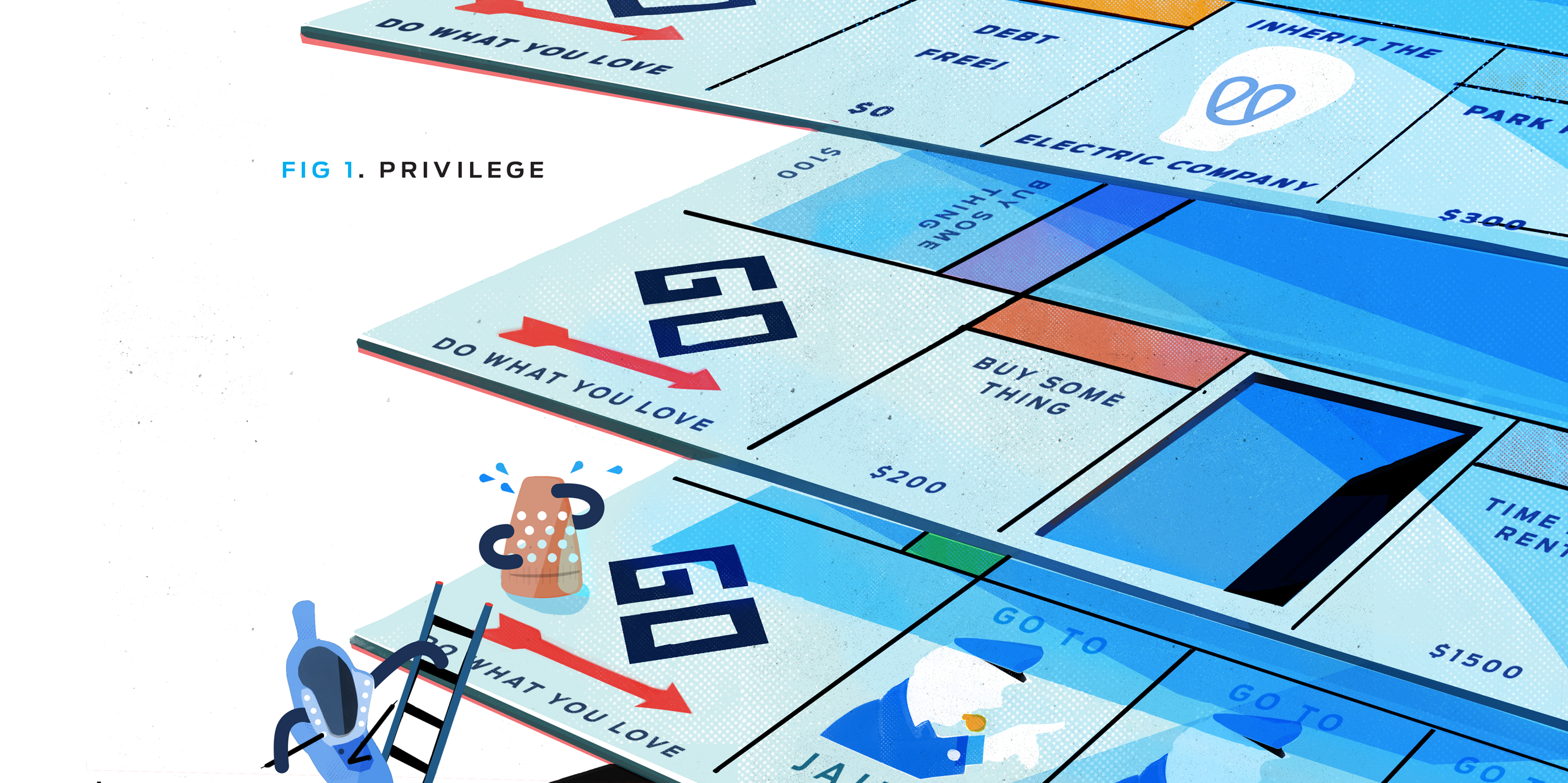
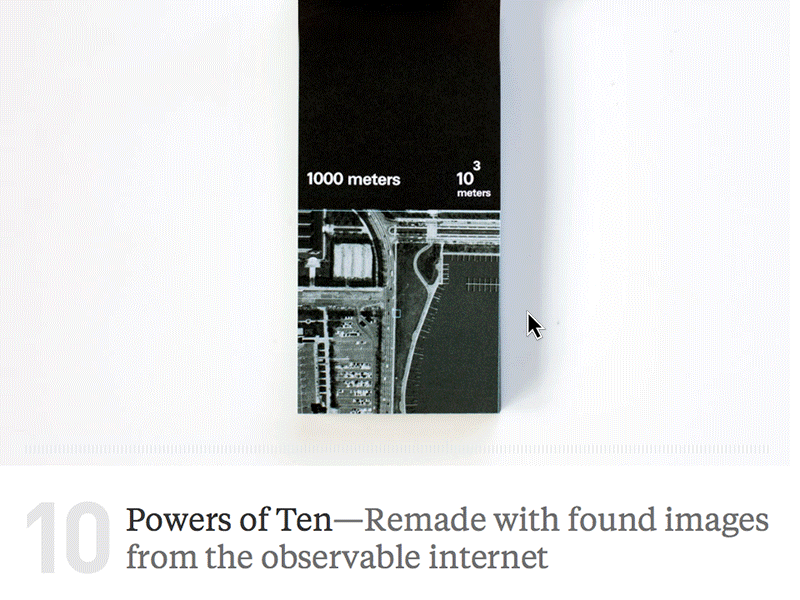

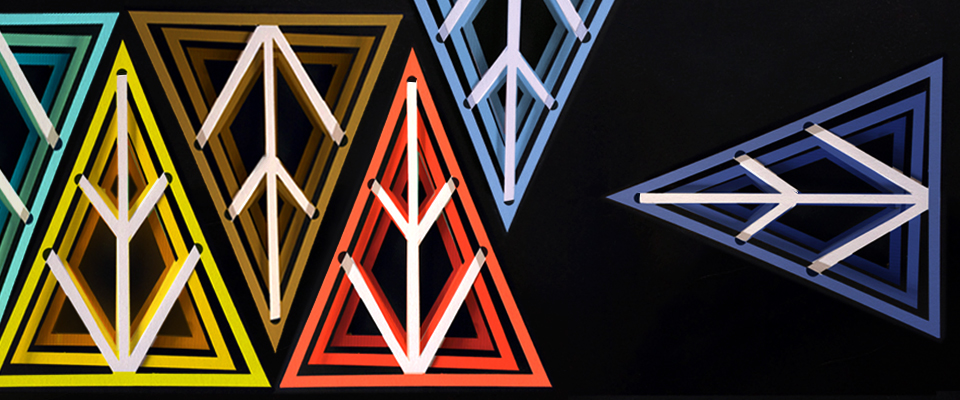

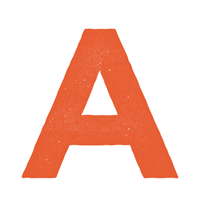
Comments
One Response to “The void only you can see”Trackbacks
Check out what others are saying...[…] Kelli Anderson : The Void that only you can see […]